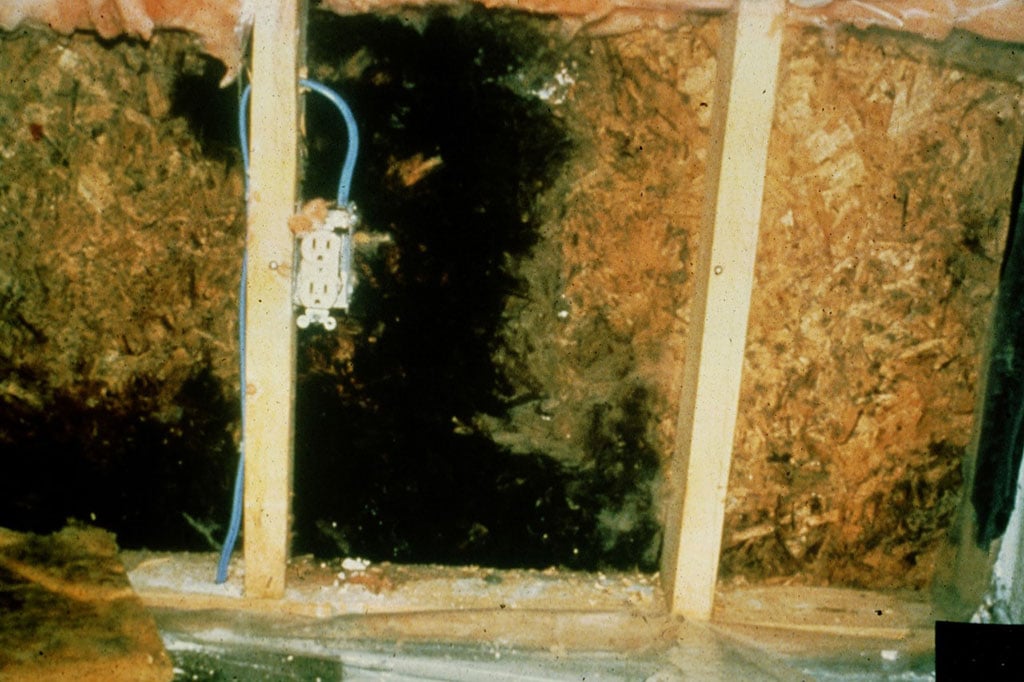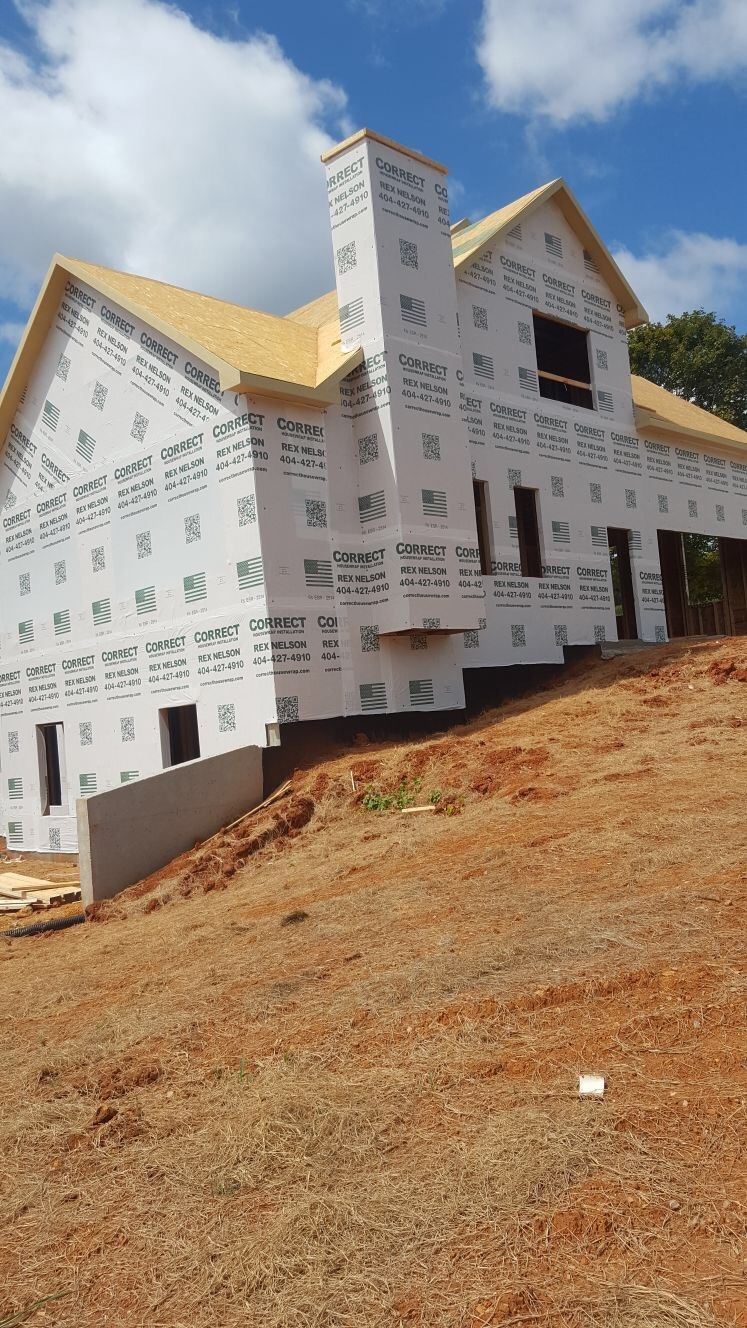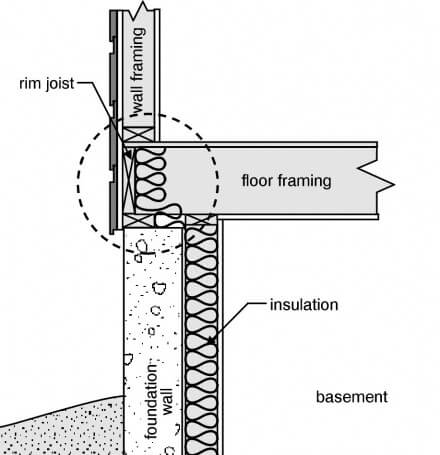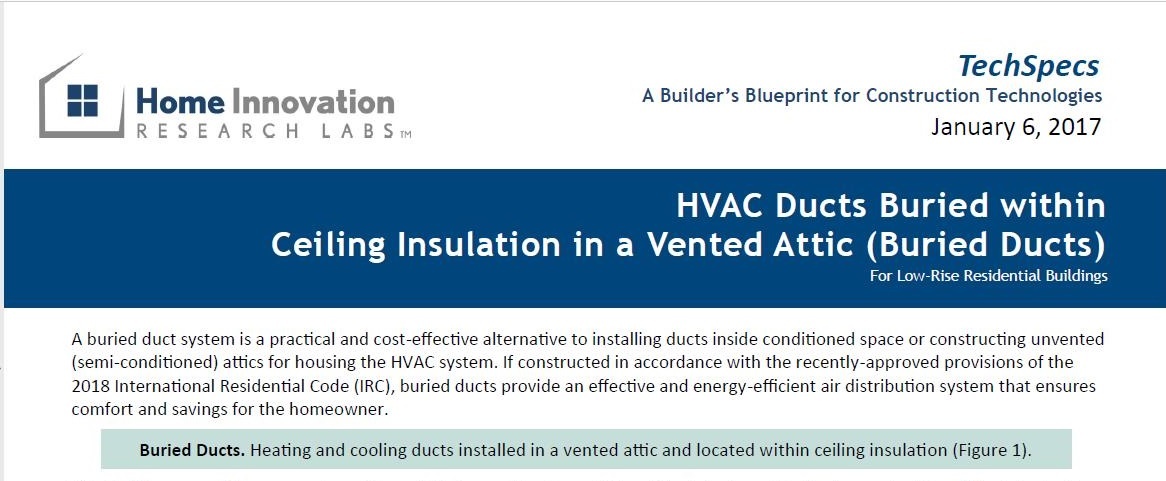Joe “Radio Joe” Hughes of the IAQ Training Institute and IAQ Radio has been training builders and contractors for nearly two decades on indoor air quality issues. Through his popular podcast, trainings, and conferences, he shares insights on building science and the complexities of modern construction, and why indoor air quality is becoming more precarious. Insulation Institute recently spoke with Hughes about why the approach to indoor air quality in new construction must change.
Details »Insulation Institute Blog
Posts Categorized: Moisture
4 Steps to Prevent Excess Moisture in New Homes
Building Scientist Joe Lstiburek talks about the four things builders can do to prevent excess moisture during construction.
 One essential element to securing the long-term durability of any home is moisture control. In fact, much of what we know about applied building science today was the result of early work investigating the moisture impact on buildings. Joe Lstiburek Ph.D., founding principal of Building Science Corporation, recently spoke with Insulation Institute about the four things home builders can do to prevent excess moisture during new home construction.
One essential element to securing the long-term durability of any home is moisture control. In fact, much of what we know about applied building science today was the result of early work investigating the moisture impact on buildings. Joe Lstiburek Ph.D., founding principal of Building Science Corporation, recently spoke with Insulation Institute about the four things home builders can do to prevent excess moisture during new home construction.
Avoiding a Bad Wrap
When properly installed, housewrap can be the workhorse of a home’s exterior envelope, as a weather-resistive barrier that performs as the buildings shell, repelling water while also allowing water vapor to pass to the outside of the structure. But, like everything else in construction, it only works well if properly installed. Rex Nelson of Correct Housewrap Installation estimates that 90 percent of housewrap installations are bad, which he says is not only avoidable, but potentially very damaging to the home’s exterior. Nelson says that contractors should understand what the product is intended to do and be trained on properly installing it, which will help improve housewrap jobs and building durability in the long run.
Details »Tackling That Dirty 4-Letter Word: Mold
Mold in a home can create indoor air quality and health issues for the occupants, cost builders and contractors thousands of dollars to fix and result in costly and lengthy litigation. Moreover, increasingly tight construction with less natural ventilation may create indoor environments prone to moisture buildup, one of the key requirements for mold growth. The best and least expensive strategy for builders to address mold is prevention. Insulation Institute talked with Certified Indoor Environmental Consultant Mike Lanius of Indoor Environmental Professionals about the prevalence of mold in new construction, ways to prevent it and the single most common error he sees in new construction that leads to mold and what builders can do to prevent it.
Details »New guide on vented attics with buried ducts
Back in December we wrote about a change in the 2018 IECC that laid out a new, prescriptive path for the use of buried ducts in standard vented attics. This practice offers the potential to save significant energy over typical vented attic designs, and can even rival the savings of an unvented attic done with ccSPF under the roof deck, at much lower cost. However, like much of the building code, actually understanding and applying the language is not always easy. To help, we contracted with Home Innovation Research Labs (HIRL) to create a “TechSpec” that lays out how you undertake the practice in a simple, straightforward manner. In addition, HIRL also provides both construction and energy costs of different attic design approaches, including variants of buried ducts. The document speaks for itself, but since our first communication on this new practice we have heard feedback on some areas of confusion that need to get cleared up. Here are the answers to 5 common questions about buried ducts.
Details »Why Insulation is Crucial for Moisture Management
Moisture is one of the most damaging elements a building can encounter and is the leading cause of construction litigation. In a recent post for Professional Builder Magazine, Johns Mansville Principal Building Scientist J.R. Babineau talks about the role insulation plays in managing moisture in a wall system and why the issue is becoming increasingly important as energy codes become more stringent.
Details »




